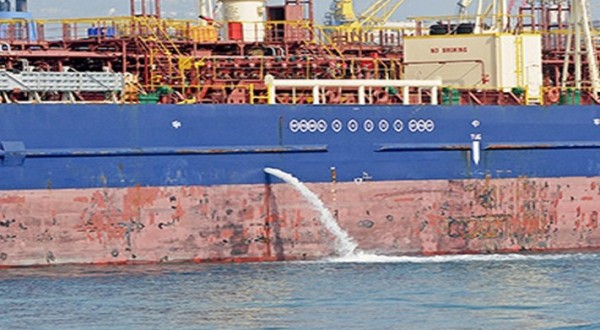As the 2020 sulphur cap came into force, ABS issued a Ballast Water Management Advisory focusing on recent updated regulatory requirements, developments in technology, and important information for compliance….
A BWMS installed on board a vessel is to be an IMO Member State type-approved and certified system and the installation of this system is to have the prior approval/ acceptance of the vessel’s flag Administration. It is recognized that each BWMS is tested, approved and certified in its standard product configuration.
- Latest IMO & USCG BWM regulatory updates
- Updates on ballast water treatment technologies, practical considerations and system limitations for each
- Practical advice assisting owners identify the “most suitable” BWMS for each of their vessels
- A detailed discussion of the challenges for conducting BWM system retrofits
In November, ABS published its amended “Guide for Ballast Water Treatment” in order to include provisions from the Code for Approval of Ballast Water Management Systems (BWMS Code) (2018) and other supporting IMO documents…
Being compliant with IMO’s Ballast Water Management Convention for existing vessels is an urgent matter; Therefore, shipowners have to install a BWMS at the vessel’s next renewal survey associated with the IOPP certificate (MARPOL Annex I) after 8 September 2019, essentially creating a five year window for retrofits between September 2019 and September 2024, depending on when the renewal survey is due.
[smlsubform prepend=”GET THE SAFETY4SEA IN YOUR INBOX!” showname=false emailtxt=”” emailholder=”Enter your email address” showsubmit=true submittxt=”Submit” jsthanks=false thankyou=”Thank you for subscribing to our mailing list”]
Accordingly, ABS expressed that except the ballast options for shipowners, in the US interested parties may also be in compliance with requirements through the following methods:
- Transfer to onshore treatment facility or another vessel for purposes of treatment • Use of public water supply (PWS)
- Retention of ballast water
- No discharge of ballast water in US waters
To achieve a successful ballast water management operation, ABS notes that shipowners should create a retrofit strategy and timeline, minimum 24 months before the vessel’s compliance date.
Additionally, the plan should have enough time for BWMS technology reviews and pre-selection, preinstallation planning and final BWMS selection, as well anticipating delays that could affect cost for BWMS retrofits.
Concluding, ABS reported that in a recent global questionnaire of owners and operators, they found that 65% of BWM systems were reported as inoperable or problematic. The Advisory provides a practical and phased approach to guide owners and operators with retrofitting and operating BWM systems, helping avoid costly mistakes and operational disruptions….
To explore more click here.






























































